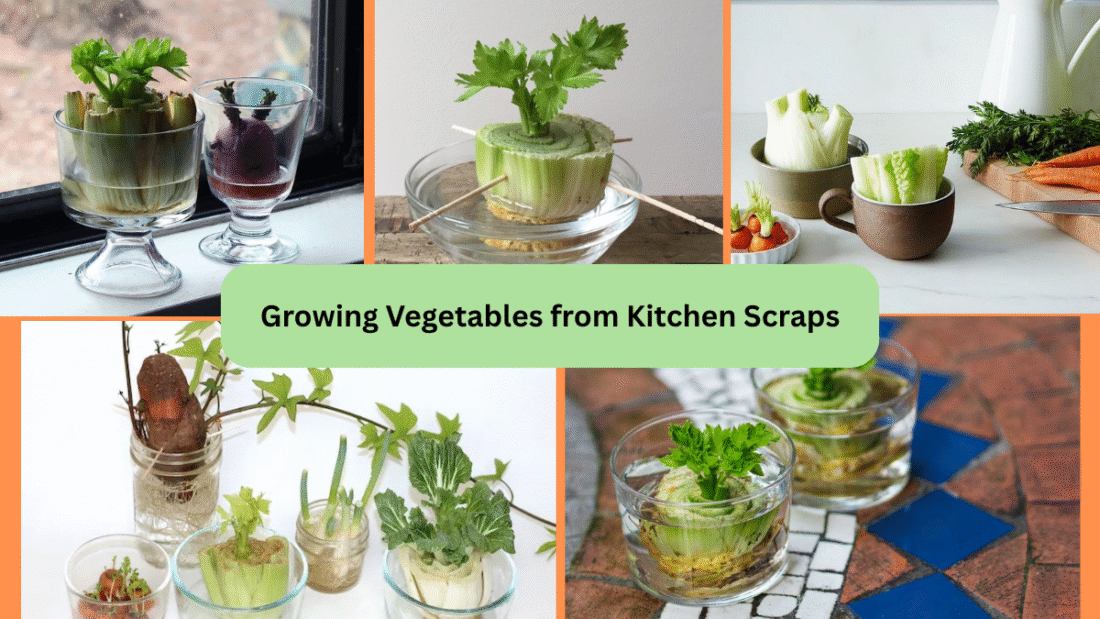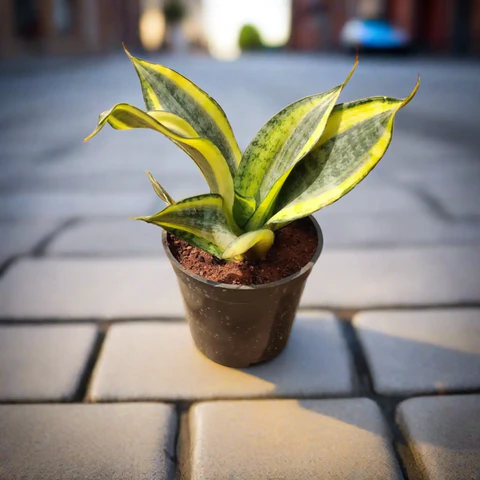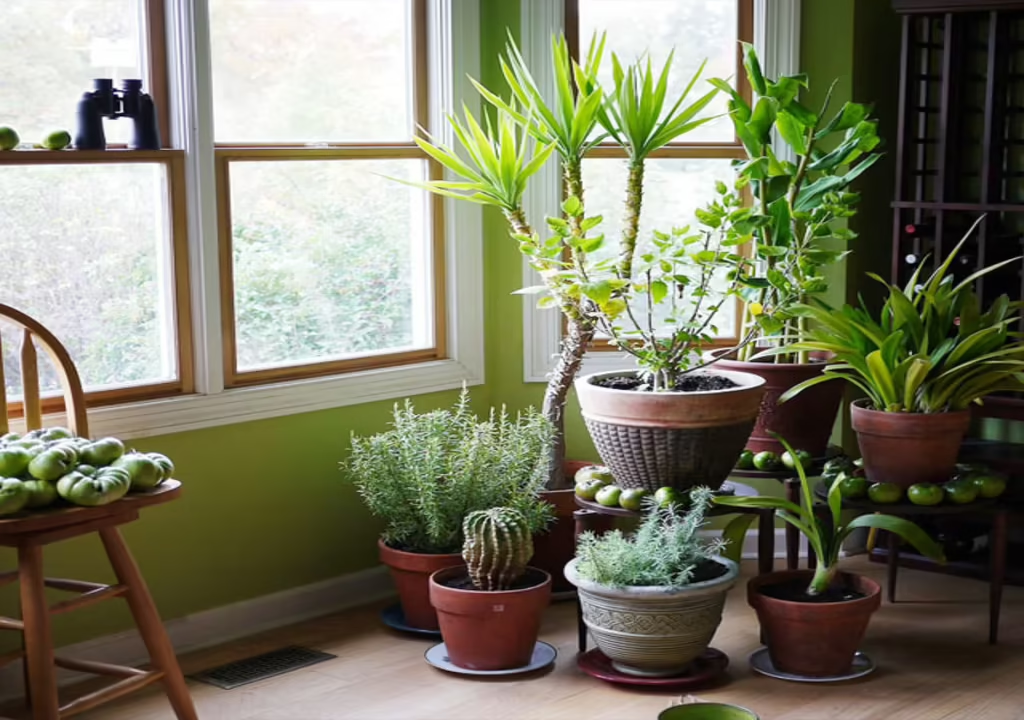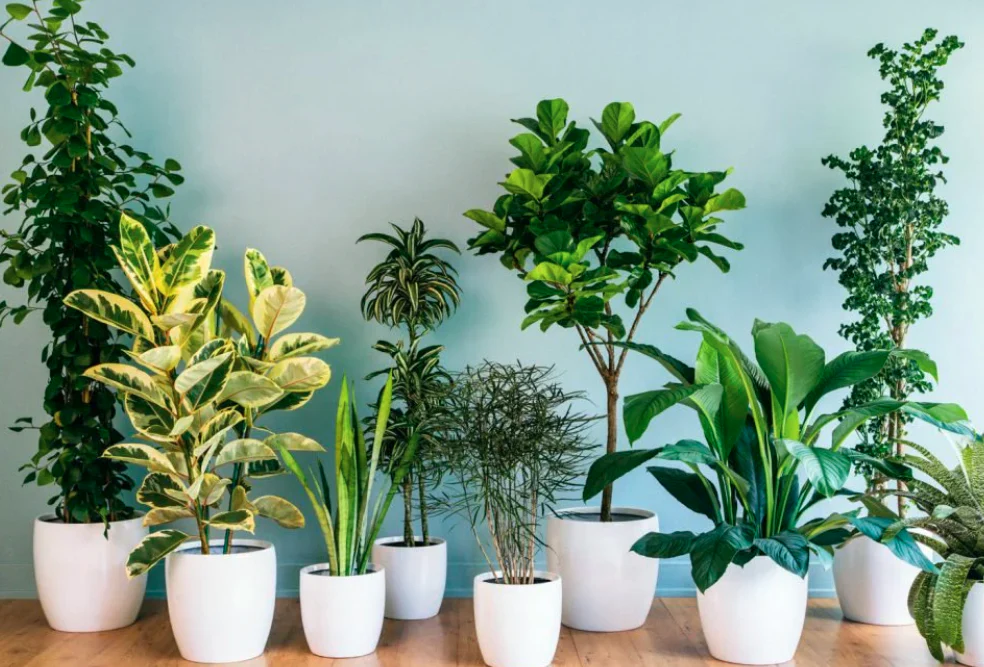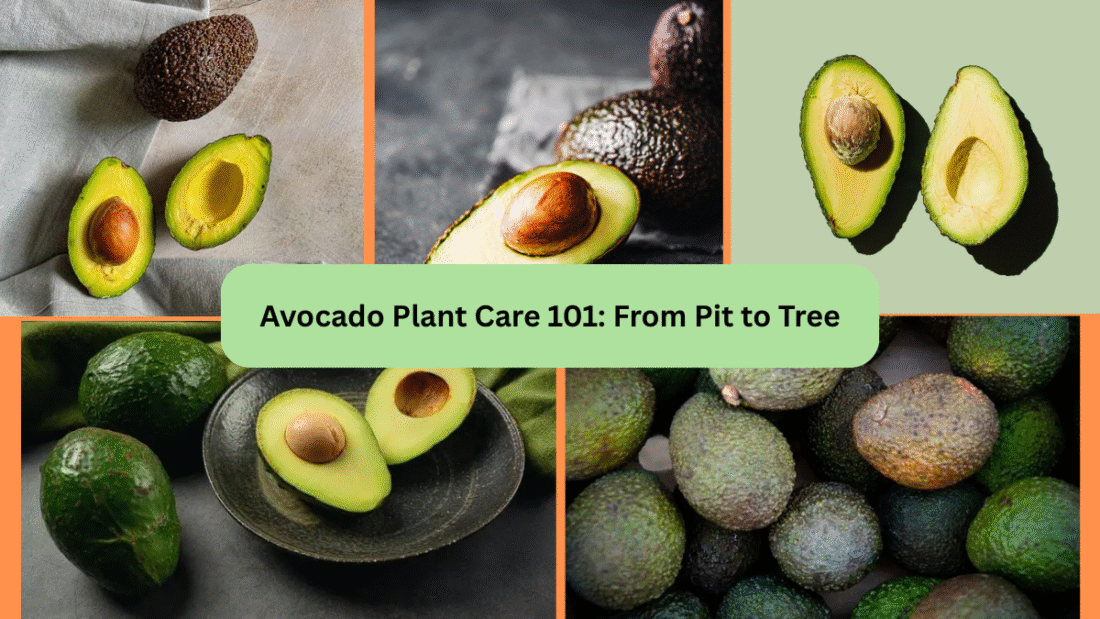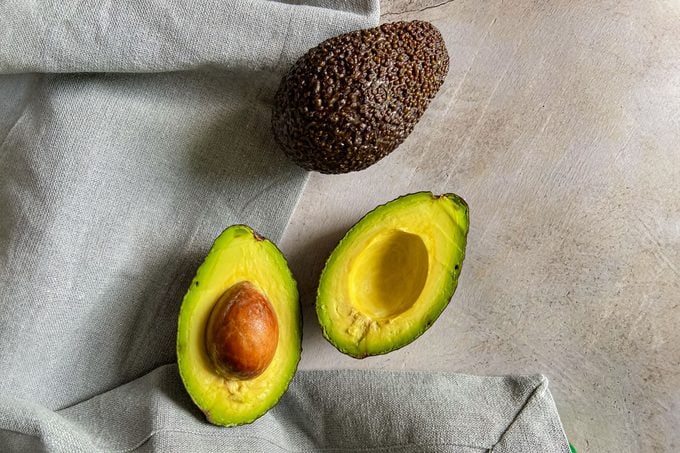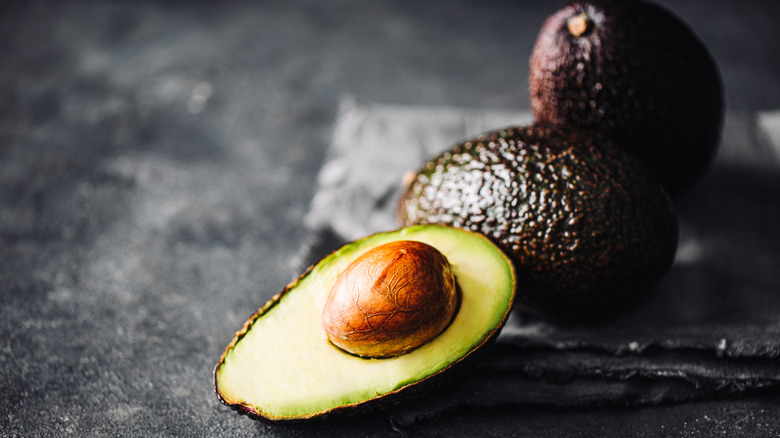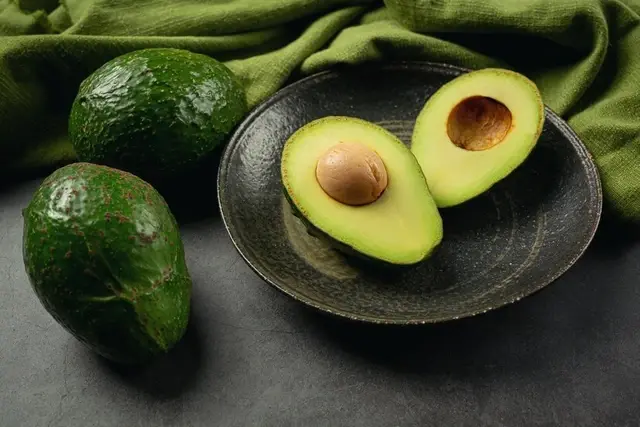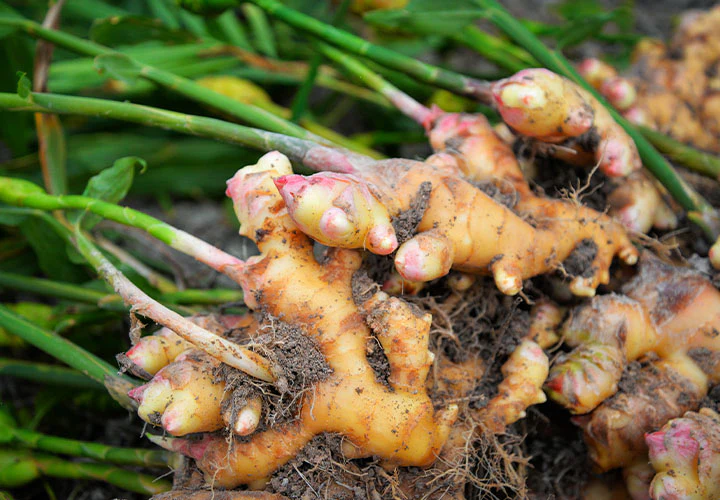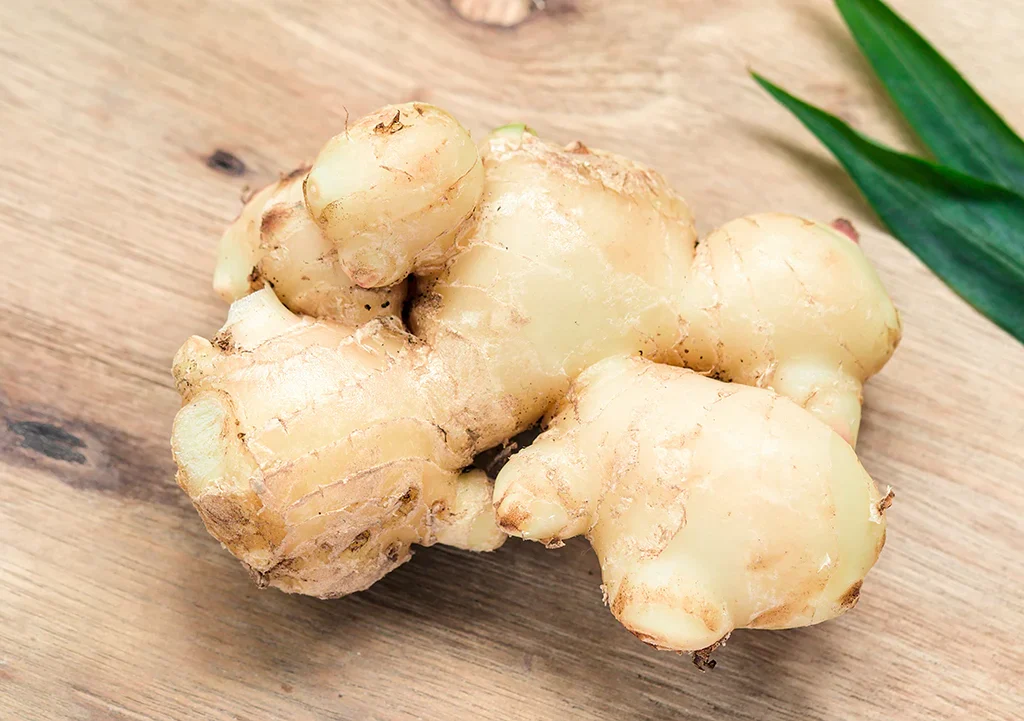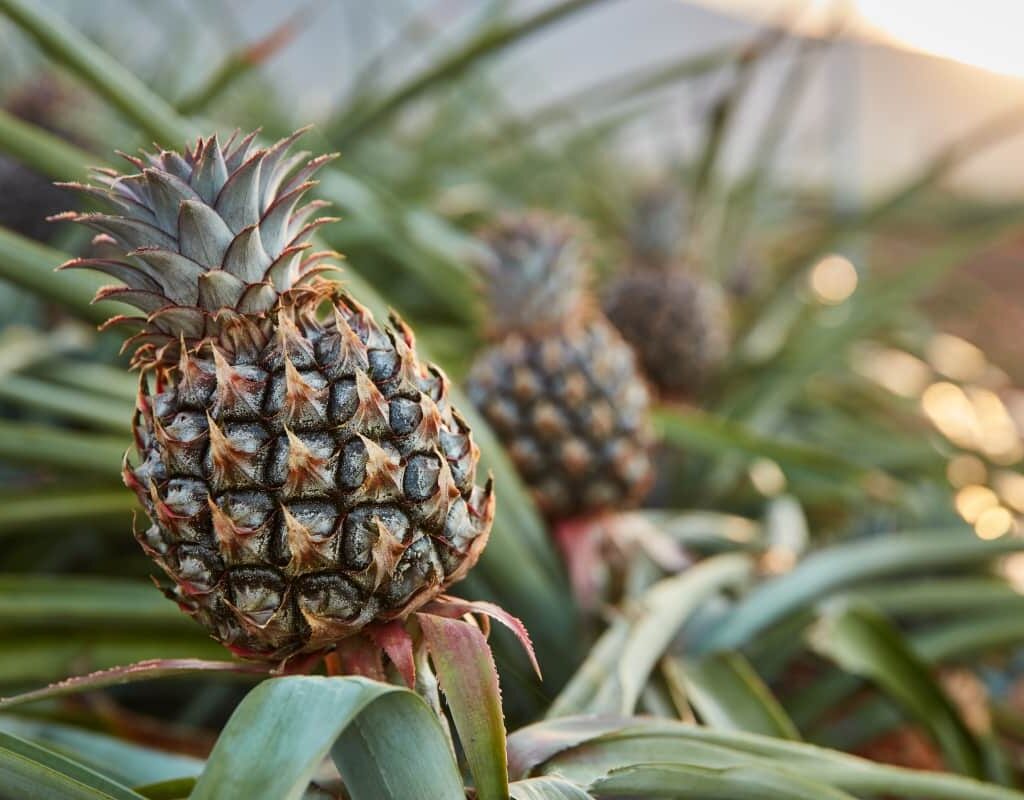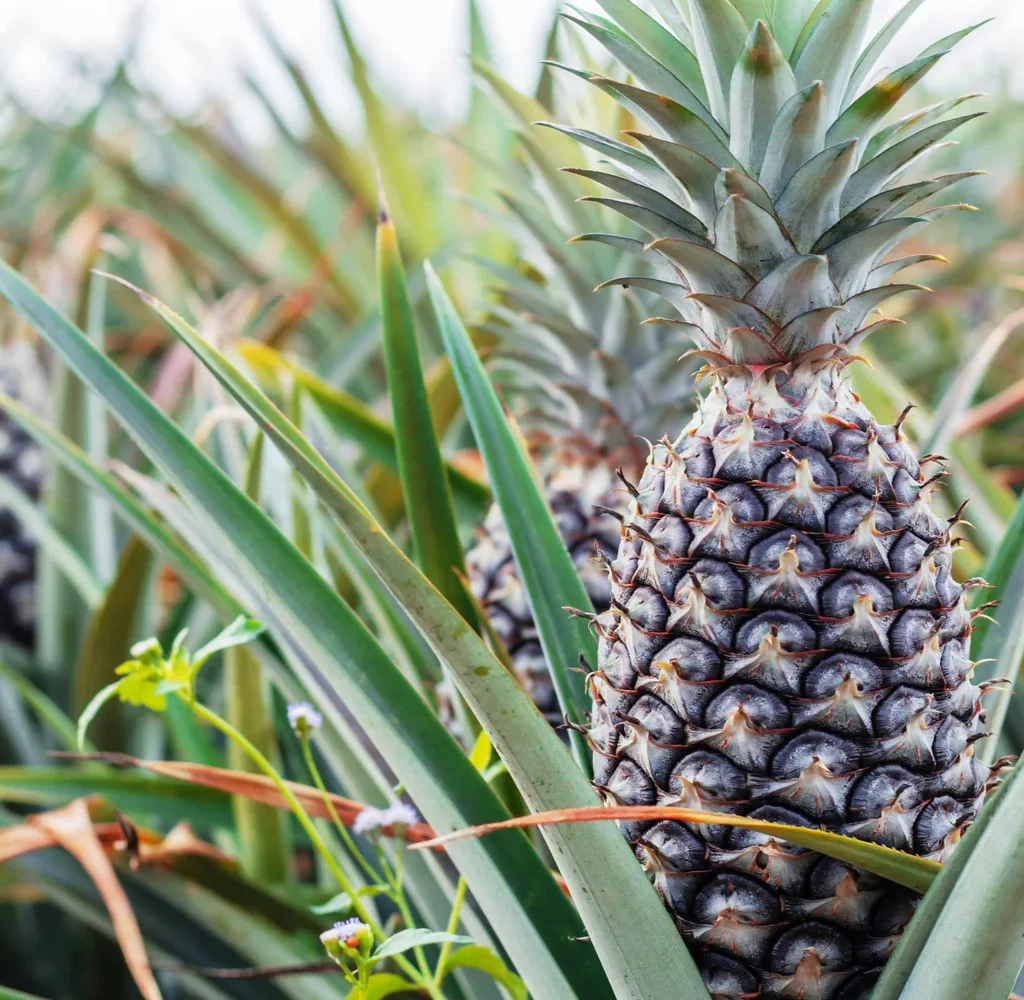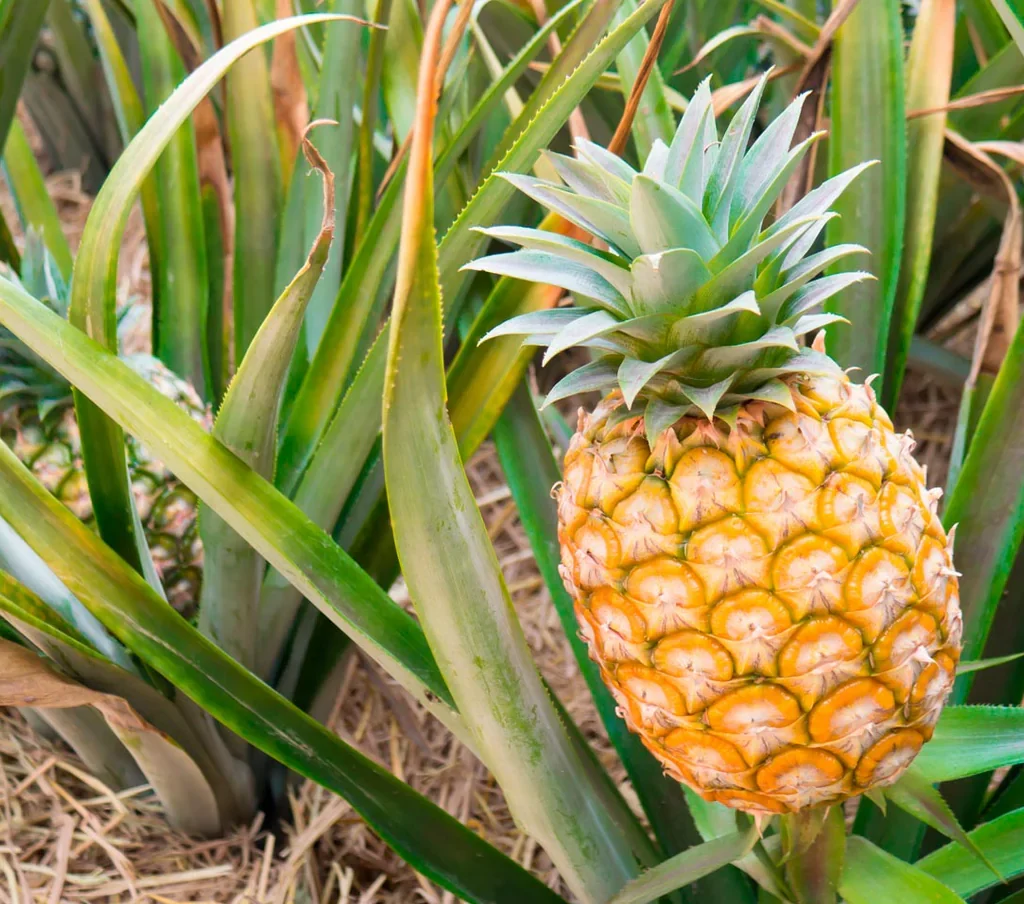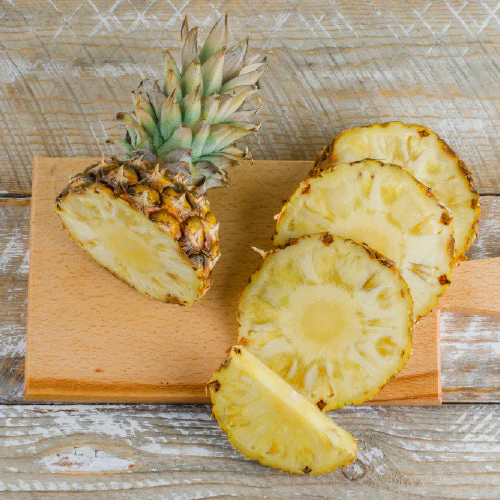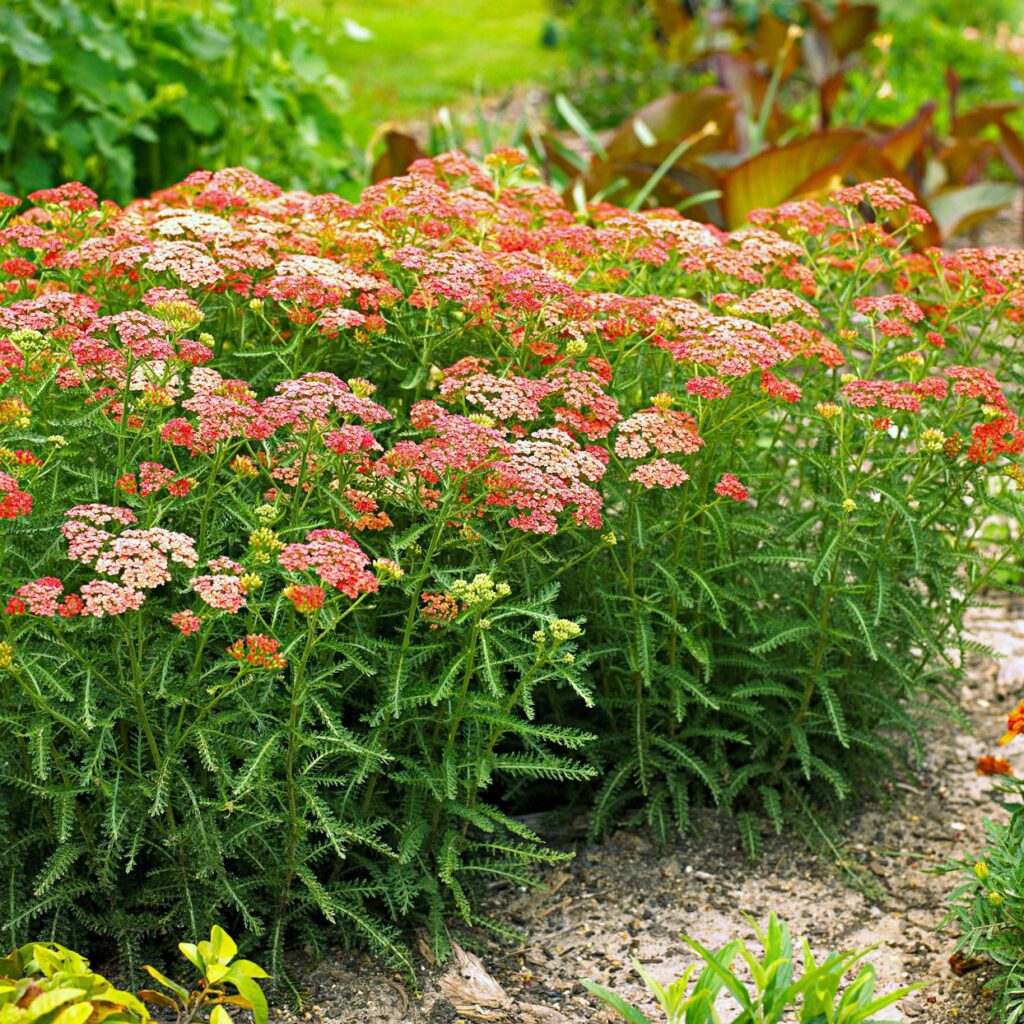Did you know you can turn your everyday kitchen scraps into fresh, homegrown vegetables? Growing vegetables from kitchen scraps is not only a fun and cost-effective way to reduce food waste, but it’s also an ideal project for beginner gardeners, families, and anyone looking to live a little greener.
This sustainable gardening technique allows you to regrow vegetable plants from leftover stems, roots, and leaves that you’d typically throw away. Many common kitchen ingredients — like green onions, lettuce, potatoes, and garlic — can be revived in water or soil with minimal effort.
In this detailed guide, we’ll explain which vegetables you can grow from scraps, how to regrow them step-by-step, and helpful tips to keep your scrap garden thriving indoors or outdoors.
Why Grow Vegetables from Kitchen Scraps?
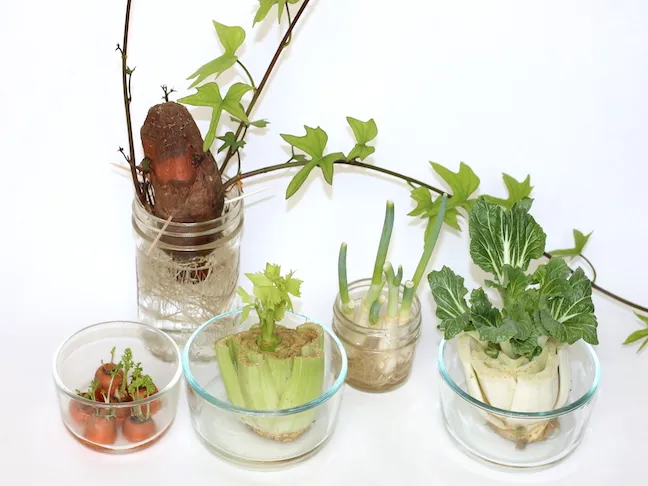
Growing from scraps offers several benefits:
- Reduces kitchen waste and supports sustainable living.
- Saves money by extending the life of store-bought produce.
- Requires minimal space and resources. Great for apartments, balconies, or sunny kitchen windowsills.
- Provides a fun, hands-on gardening activity for kids and beginners.
- Gives you access to fresh, organic vegetables without chemicals or pesticides.
Best of all, it requires no fancy equipment — just water, a few containers, and your leftover vegetable scraps.
10 Common Vegetables You Can Grow from Kitchen Scraps
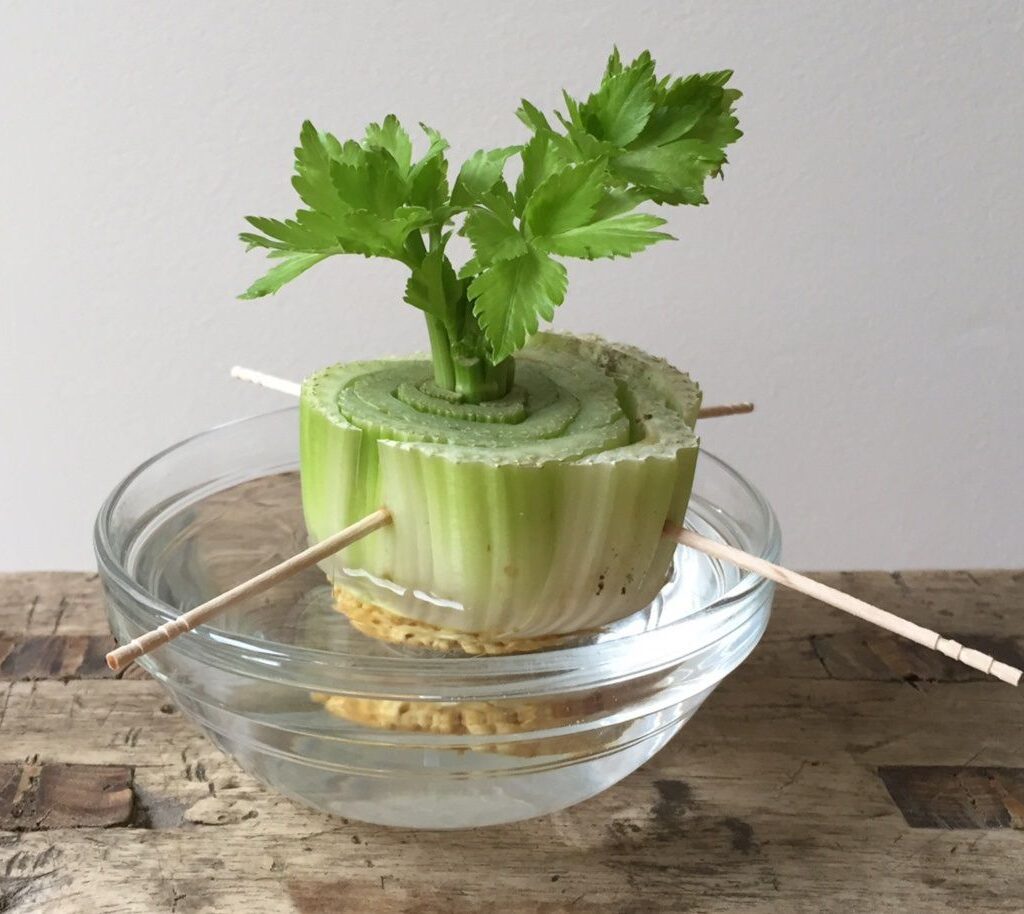
Let’s dive into some popular vegetables you can easily regrow at home from kitchen scraps.
1. Green Onions (Scallions)
How to Grow:
- Save the white root ends of green onions (about 1–2 inches long).
- Place them root-side down in a glass of water.
- Keep on a sunny windowsill and change the water every 2–3 days.
- New green shoots will appear within a week.
- Once tall enough, snip the greens for use in recipes.
Tip: You can keep regrowing from the same base multiple times.
2. Lettuce
How to Grow:
- Save the base of a lettuce head (about 1–2 inches from the bottom).
- Place it in a shallow dish of water with the cut side facing up.
- Change the water daily and keep it in a sunny spot.
- New leaves will sprout from the center in 5–7 days.
- Transfer to soil once roots develop for a larger harvest.
3. Carrot Greens
How to Grow:
- Cut off the top 1 inch of a carrot (with the leafy greens, if possible).
- Place the cut side down in a shallow dish of water.
- New carrot greens will sprout from the top.
- While you won’t regrow carrots this way, the leafy greens are edible and great for salads and garnishes.
4. Garlic
How to Grow:
- Save large, healthy garlic cloves.
- Plant them root-side down in well-draining soil.
- Keep the soil moist but not soggy.
- Green garlic shoots will emerge within a week.
- You can use the green tops in cooking, and with time, the bulb will regrow underground.
5. Potatoes
How to Grow:
- Cut a potato into chunks with at least one “eye” (sprouting bud) per piece.
- Let them dry for a day to prevent rotting.
- Plant the pieces in soil with the eye facing up.
- Keep the soil loose and well-drained.
- In a few weeks, green shoots will appear above ground, and potatoes will develop underground over several months.
6. Basil
How to Grow:
- Save a basil stem about 4–5 inches long with a few leaves at the top.
- Place it in a glass of water, removing lower leaves.
- Change water every 2 days and keep it in bright, indirect sunlight.
- Roots will form within a week.
- Once roots are 2 inches long, plant it in soil.
7. Celery
How to Grow:
- Cut about 2 inches from the base of a celery stalk.
- Place the base in a shallow bowl of water.
- Keep in a bright, sunny spot and change the water regularly.
- New leaves and shoots will grow from the center within a week.
- Transplant to soil once roots appear.
8. Leeks
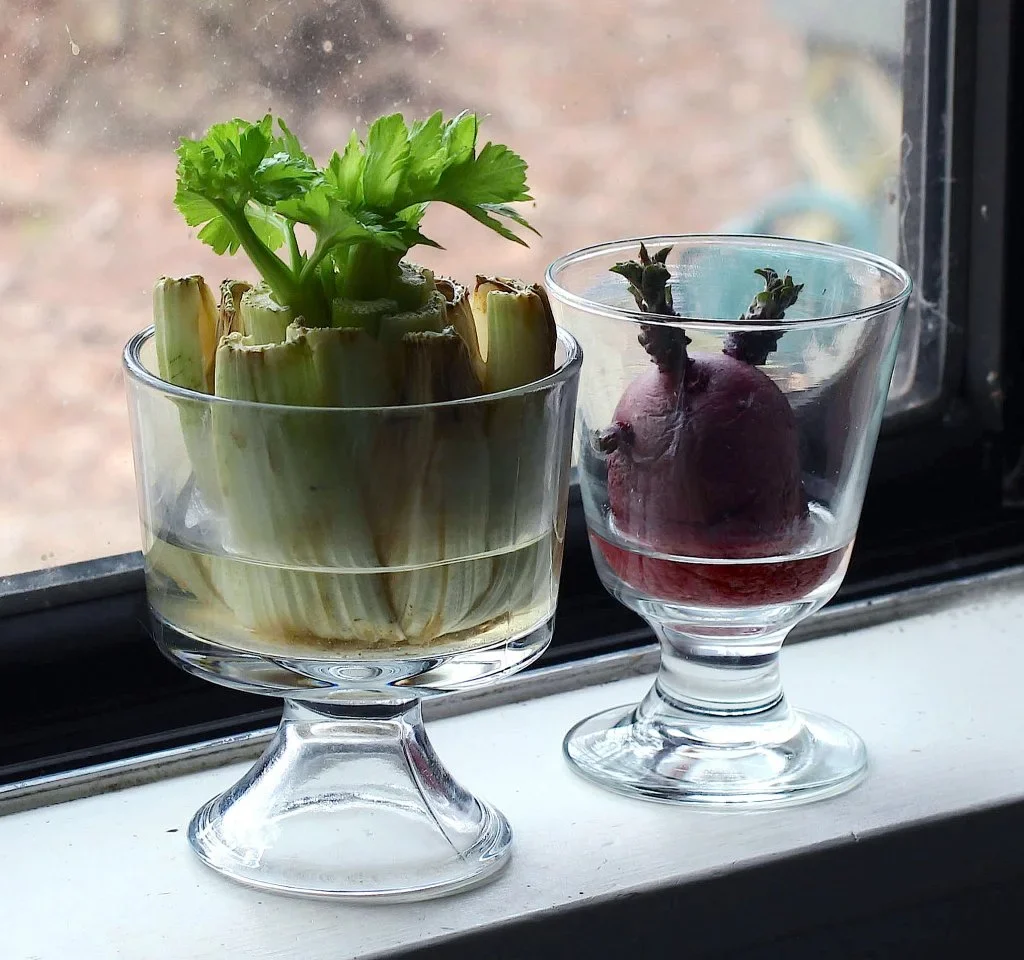
How to Grow:
- Similar to green onions, save the white root ends.
- Place in a glass of water, root side down.
- Change water every couple of days.
- New growth will sprout quickly.
- Can be continually harvested by cutting the greens.
9. Bok Choy
How to Grow:
- Cut about 2 inches from the base of a bok choy head.
- Set in a shallow dish of water with cut side facing up.
- Place on a sunny windowsill.
- New leaves and roots will develop within a week.
- Move to soil for a fuller plant.
10. Sweet Potatoes
How to Grow:
- Cut a sweet potato in half.
- Suspend half in a glass of water using toothpicks.
- In about 2 weeks, sprouts (called “slips”) will appear.
- When the slips are 5–6 inches long, twist them off and plant in soil.
General Tips for Growing Vegetables from Scraps
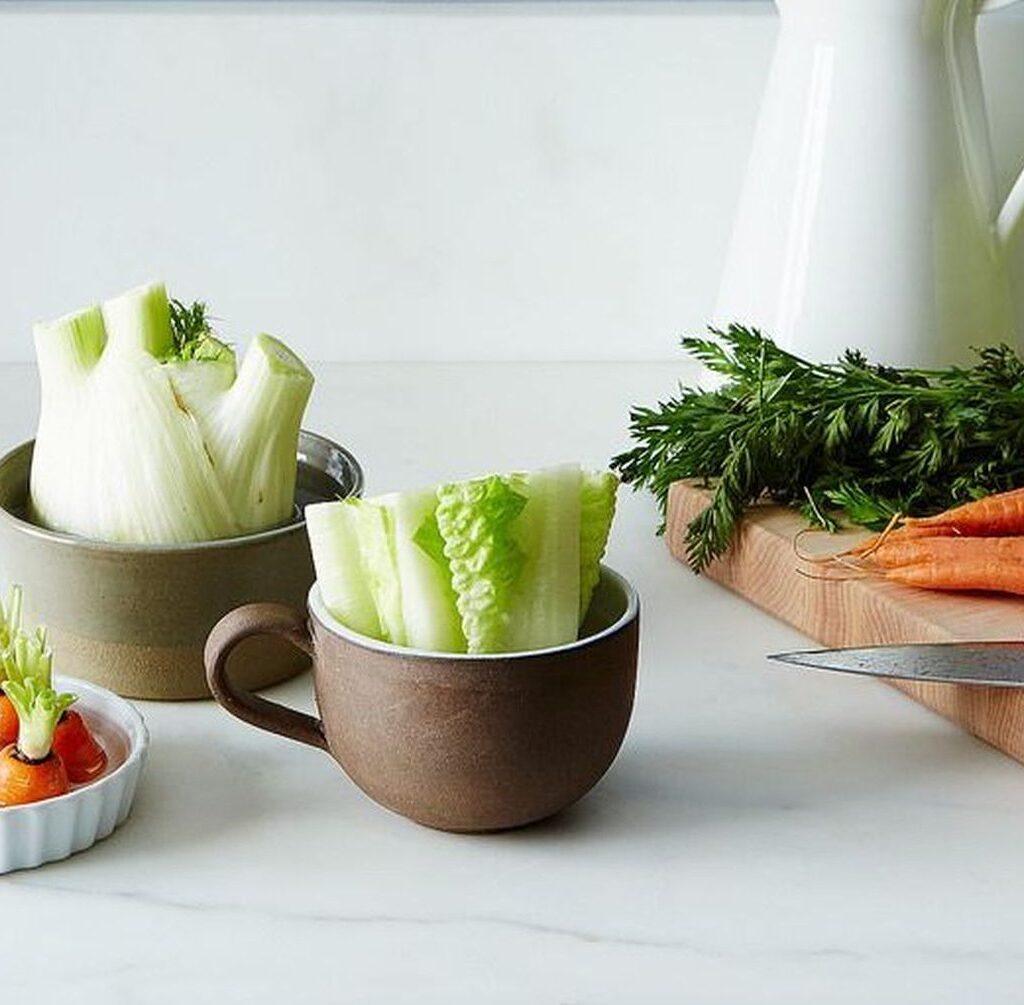
- Provide plenty of sunlight: Most kitchen scrap veggies thrive on sunny windowsills or balconies with 4–6 hours of light daily.
- Change water regularly: Prevent mold and bacteria by changing the water every 2–3 days.
- Use clean containers: Rinse jars and dishes before use.
- Transition to soil for bigger harvests: Many vegetables like lettuce, celery, and potatoes do best when transferred to soil once roots form.
- Avoid using chlorinated tap water: Let tap water sit out overnight or use filtered water to avoid chemicals that hinder growth.
Benefits of a Kitchen Scrap Garden

- Eco-friendly: Reduces household food waste.
- Budget-friendly: Cuts down grocery bills by regenerating fresh herbs and veggies.
- Sustainable: Promotes a zero-waste, green lifestyle.
- Educational: Great way to teach kids about plant biology and sustainability.
- Low-maintenance: Requires little space, time, or gardening experience.
Final Thoughts
Growing vegetables from kitchen scraps is a rewarding, eco-conscious, and surprisingly easy way to start your own mini garden at home. Whether you’re in a small apartment or a spacious house, you can regrow fresh greens, herbs, and veggies with items you’d typically throw away.
By learning how to regrow kitchen scraps, you not only reduce waste and save money but also cultivate a deeper appreciation for the life cycle of plants. With a little patience, sunlight, and care, you’ll soon enjoy a kitchen scrap garden bursting with fresh, homegrown flavors.
